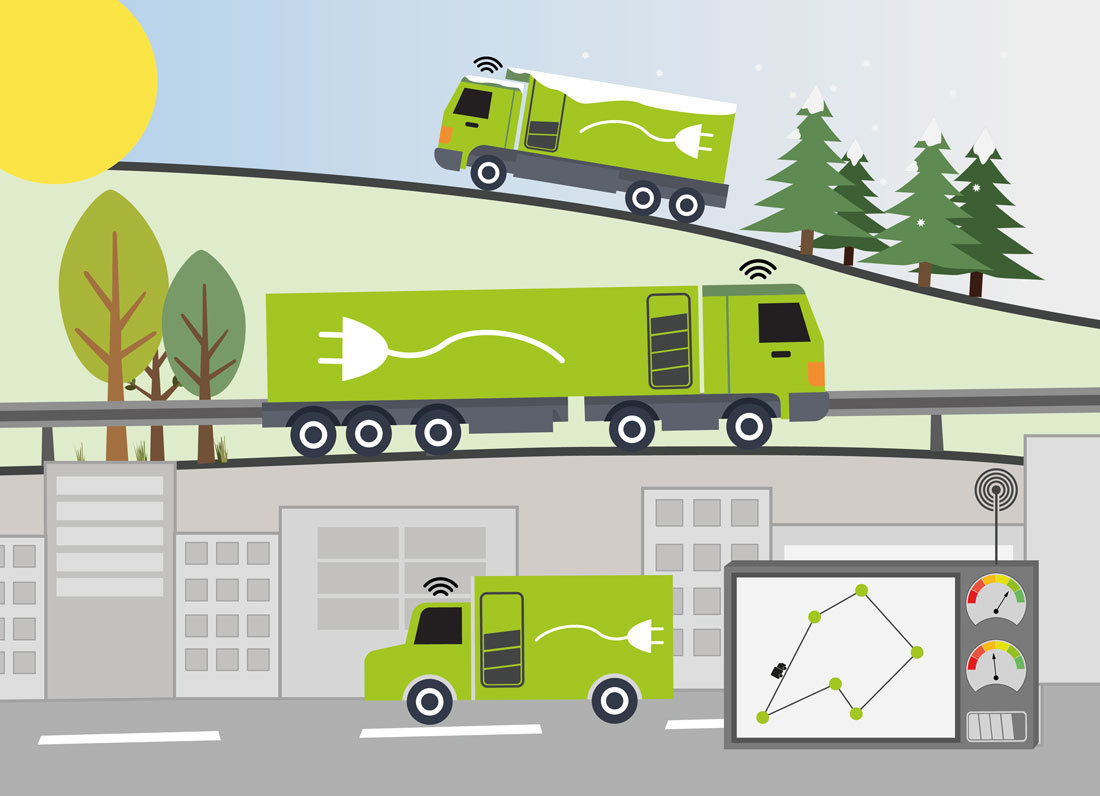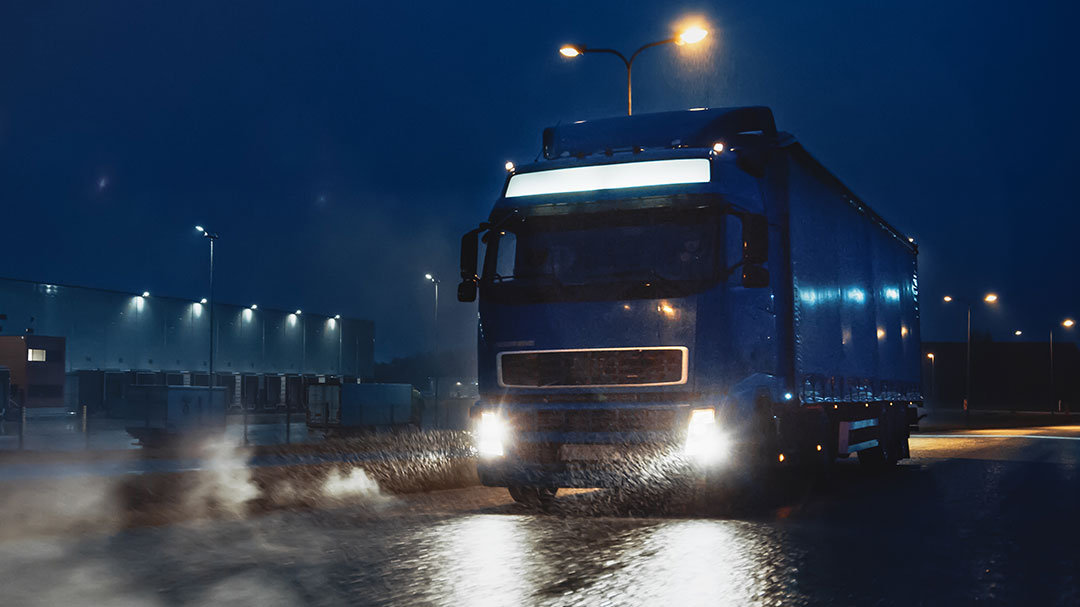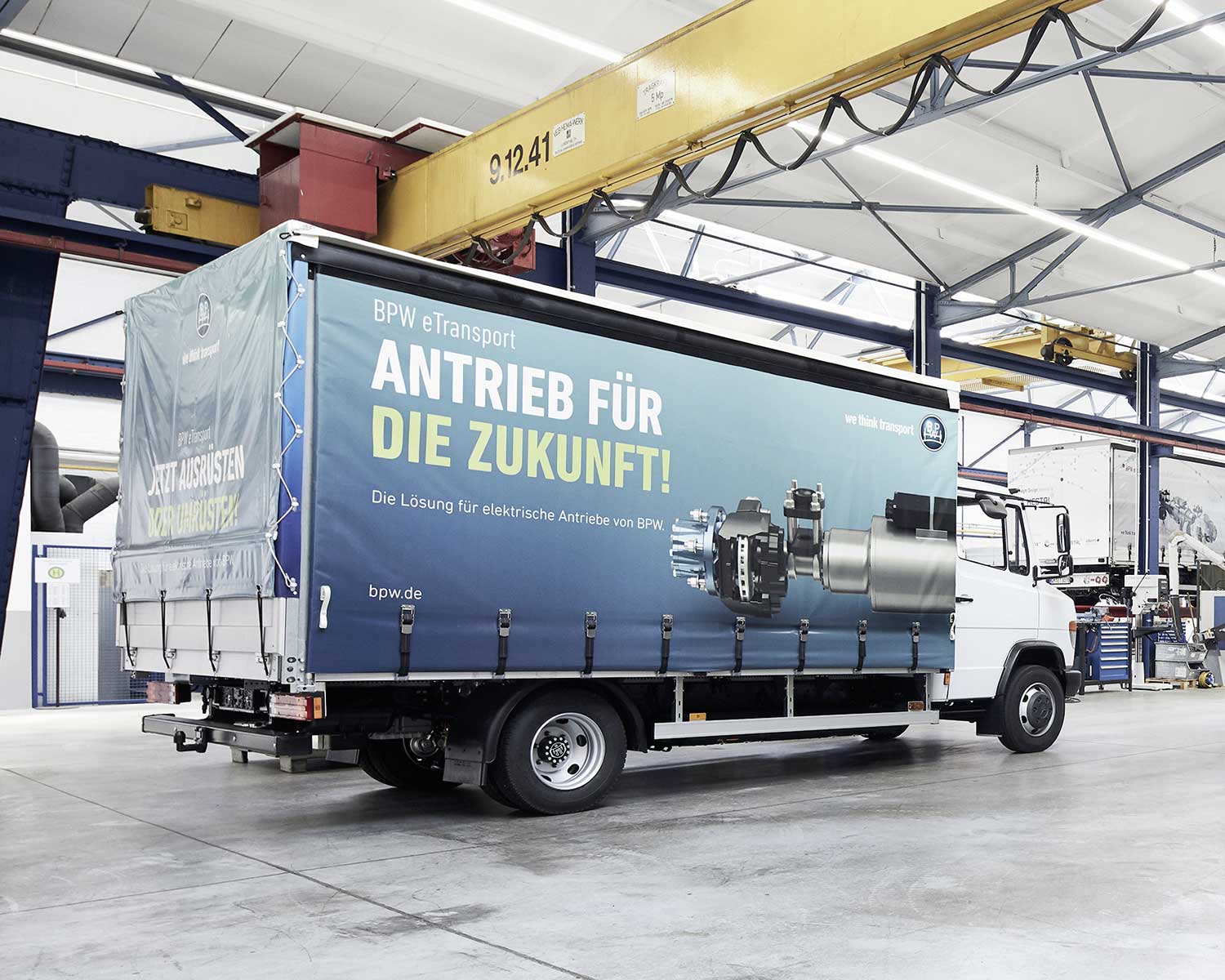Text: Oliver Schönfeld
Photos: BPW, Fraunhofer IML, AdobeStock Alphaspirit – BRN-Pixel
How can fully electric commercial vehicles’ battery capacity be designed to reliably meet everyday transport requirements? When it comes to electric mobility for logistics, this question is key. There is a lack of practical experience as well as valid data. Researchers from TU Berlin, Fulda University of Applied Sciences and Fraunhofer IML are hoping to shed more light on the issue with their latest research project.
A lack of experience and solid data

»If you make a mistake planning the battery size, you risk making a bad investment from the very start.«
Engineer Arnd Bernsmann, Transport Logistics department, Fraunhofer Institute for Material Flow and Logistics (IML), Dortmund
Practical tests for all commercial vehicle classes
This unsatisfactory situation is set to change, however, thanks to EN-WIN (‘Elektromobile Nutzfahrzeuge wirtschaftlich und nachhaltig einsetzen’, or ‘Economic and sustainable use of commercial electric vehicles’ in English), a research project funded by the German Federal Ministry for the Environment, Nature Conservation and Nuclear Safety (BMU). Researchers at Fraunhofer IML, Fulda University of Applied Sciences and the department of Naturalistic Driving Observation for Energetic Optimisation and Accident Avoidance at TU Berlin are creating the basis for this with a never-before-seen amount of practical data for a wide range of commercial vehicle classes, ranging from five to 40 tons.
They compare data from electric vehicles to that of comparable diesel models as a benchmark. The relevant vehicles are supplied by industry partners Meyer Logistik, Florida-Eis and BPW Bergische Achsen. The range is being expanded in early 2020 to include a vehicle from the 26-ton weight class. The vehicle data in this weight class is being recorded with assistance from haulier companies Geis, Bächle, Max Müller and Logistik in XXL.
New parameters for route planning
Load weight, which doesn’t play a key role for diesel vehicles, has a much heavier impact – in the truest sense of the word – on electric vehicles. ‘Our tests boil down to specific comparisons: how can you design routes with the lowest-possible battery consumption? Do detours pay off and, if so, from which point onwards?’ explains qualified logistics specialist Daniela Kirsch from Fraunhofer IML. ‘It will be a while before systems for future route planning and a new approach from dispatchers have come into play.’
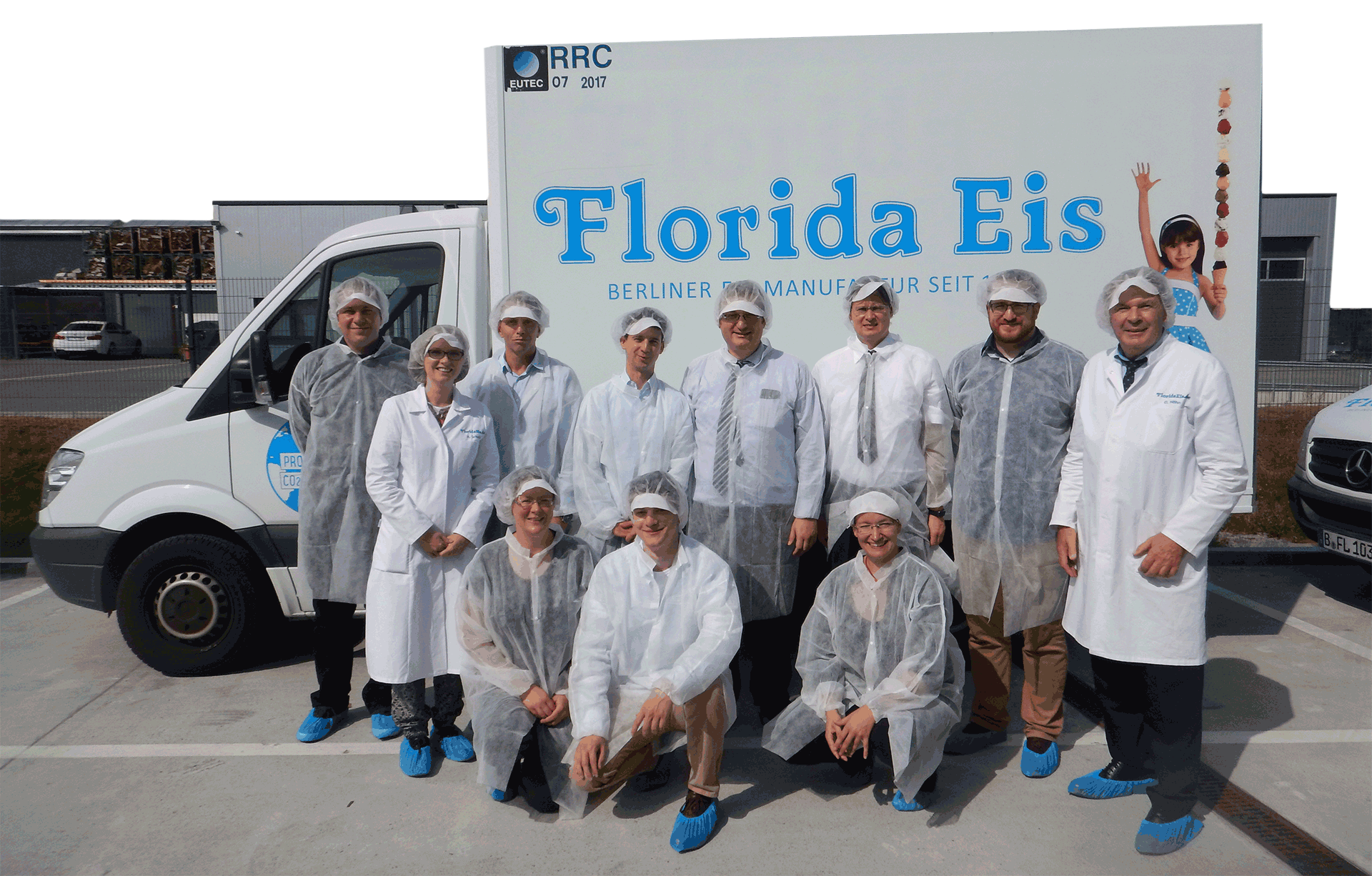
Close partnership between research and industry
The industry partners have proved to be perfect for Fraunhofer IML: Meyer Logistik and Florida Eis happen to be among the leading users of commercial electric vehicles in everyday transport operations. The ice cream manufacturer, for example, has set itself the goal of climate-neutral manufacturing and transport of its food products. They even dispense with actively chilling the ice cream in the vehicle. Instead, an eutectic system is used, whereby pre-cooled plates keep the load in the defined temperature range. BPW can also draw practical experience from the project results to develop its own electric drive solutions and components. A constant exchange is assured.
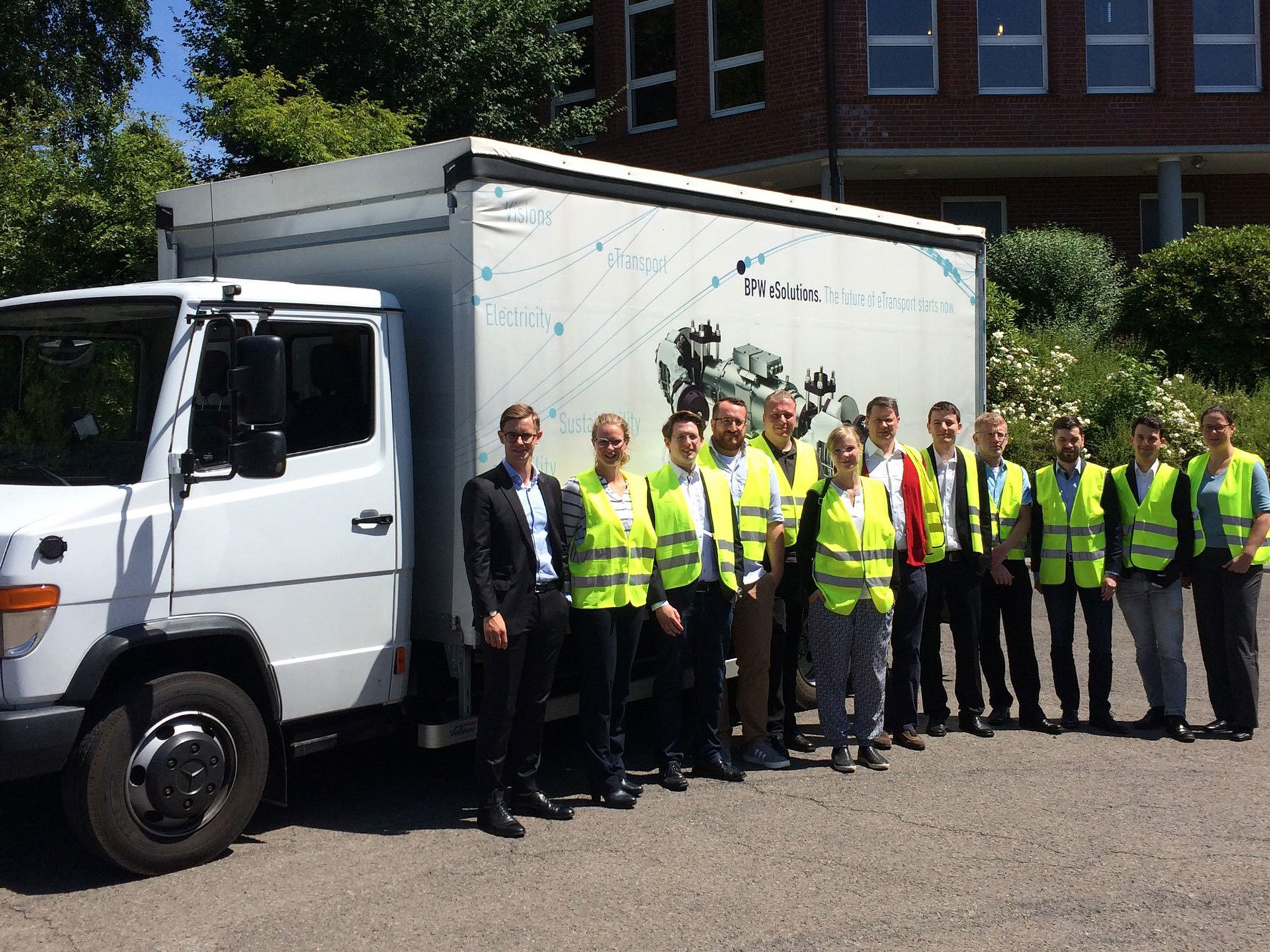
Software for efficient route planning
The researchers already have one piece of good news: the switch to an electrified drive should run smoothly from the driver’s perspective. Practical experience gathered thus far is confirmation of this, says Bernsmann. ‘The drivers are fully on board with the vehicles’ quiet running, powerful acceleration and high level of driving comfort. There is immediate acceptance of electric mobility in commercial vehicles.’

